With my new technical diving skills now under my belt, I made my way to La Paz, in Baja California Sur of Mexico to work with the Applied Genomics lab and learn about how they are changing fisheries science with the application of eDNA science. I flew to Mexico from Florida, arriving amidst a beautiful sunset, and ready to learn.
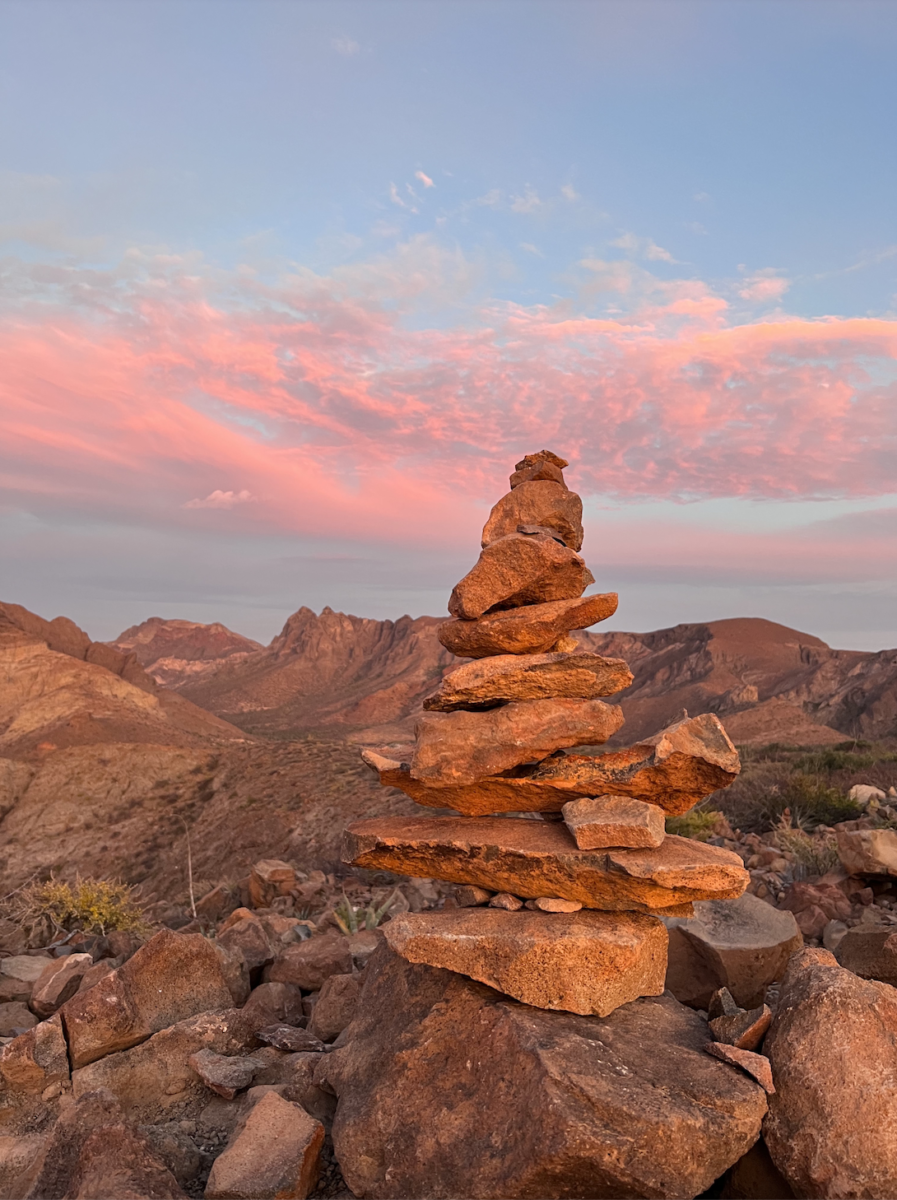

I headed into town the following morning to go meet the team at the Applied Genomics Lab. When I arrived, Adrian, the founder of the lab greeted me and introduced me to the students that work with the lab. Adrian had studied at the university of Arizona and had later opened the Applied Genomics Lab in La Paz, Mexico. He wanted to bring the applications of eDNA to his home country and to be able to work with community fisheries management in the Baja peninsula, an area of acute marine biodiversity. The Baja peninsula is world-renowned for its undersea flora and fauna, with everything from orcas, sea lions, mobulas and grey whales to deep sea black coral.
The first day we dove directly into DNA amplification techniques. The lab post doc, Natalia, had me shadow her as she prepared samples for DNA amplification. We went into the small, fumigated room that was specially sterilized and used for processing samples. She explained every step to me as we worked with the samples. I was amazed by the intense attention to detail and the importance of each step. It was like preparing a recipe. If any step were missed or incorrectly carried it out, it could mess up the whole process, wasting hours and precious samples.
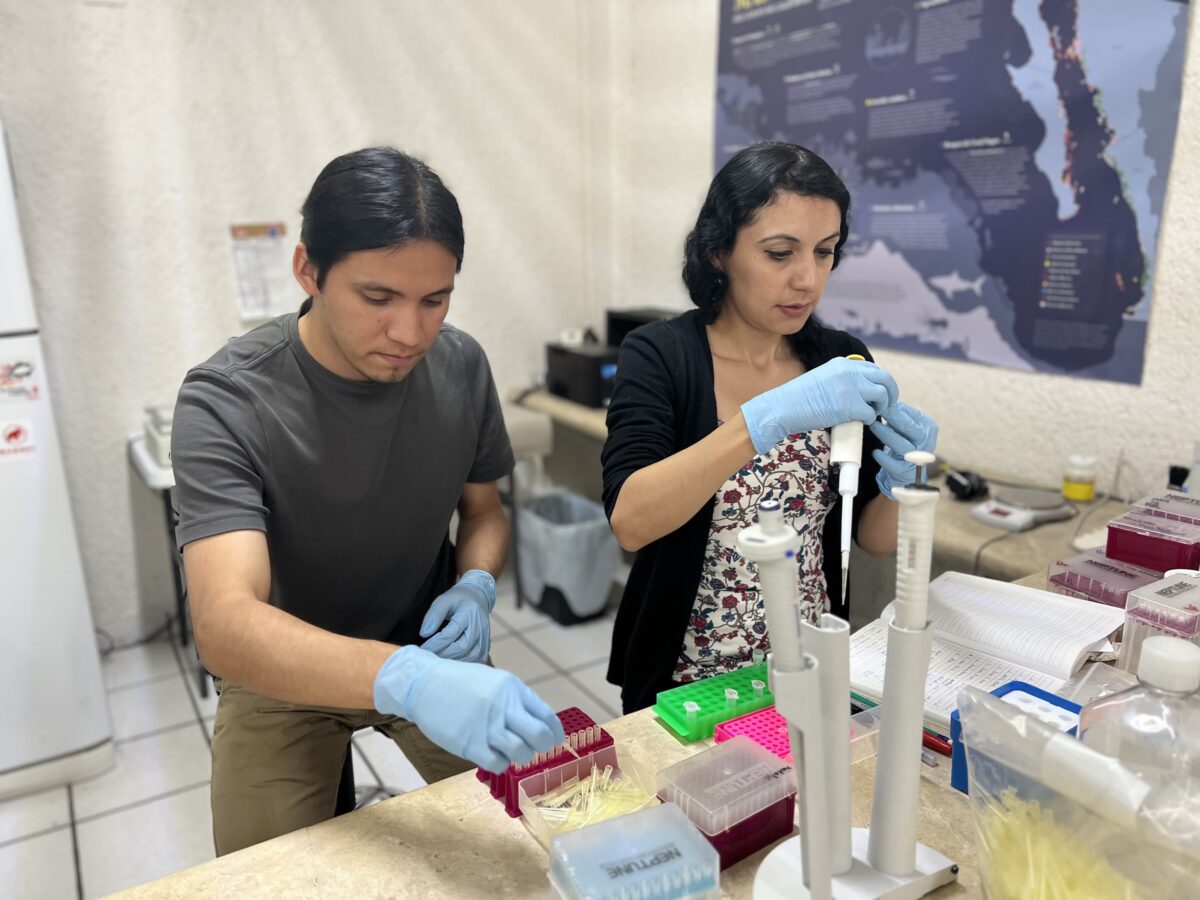
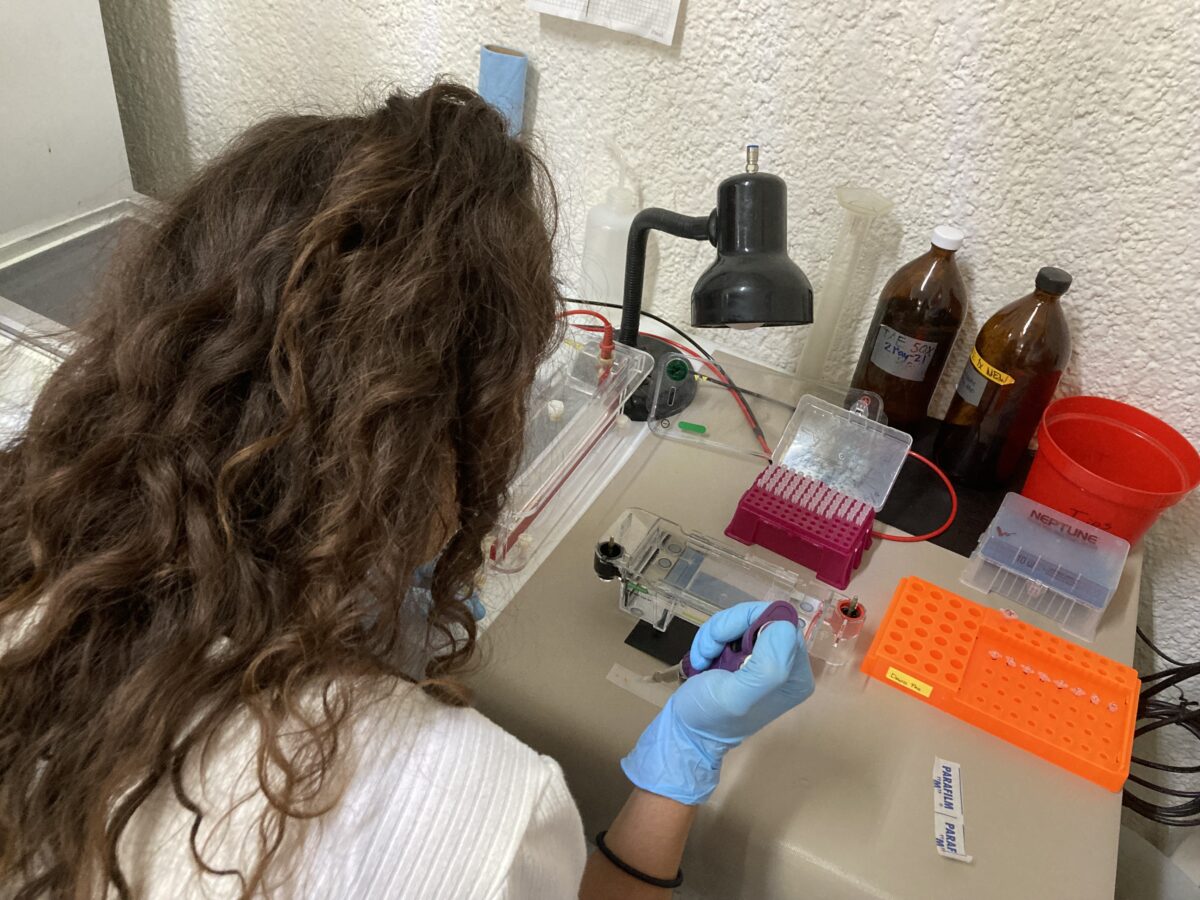
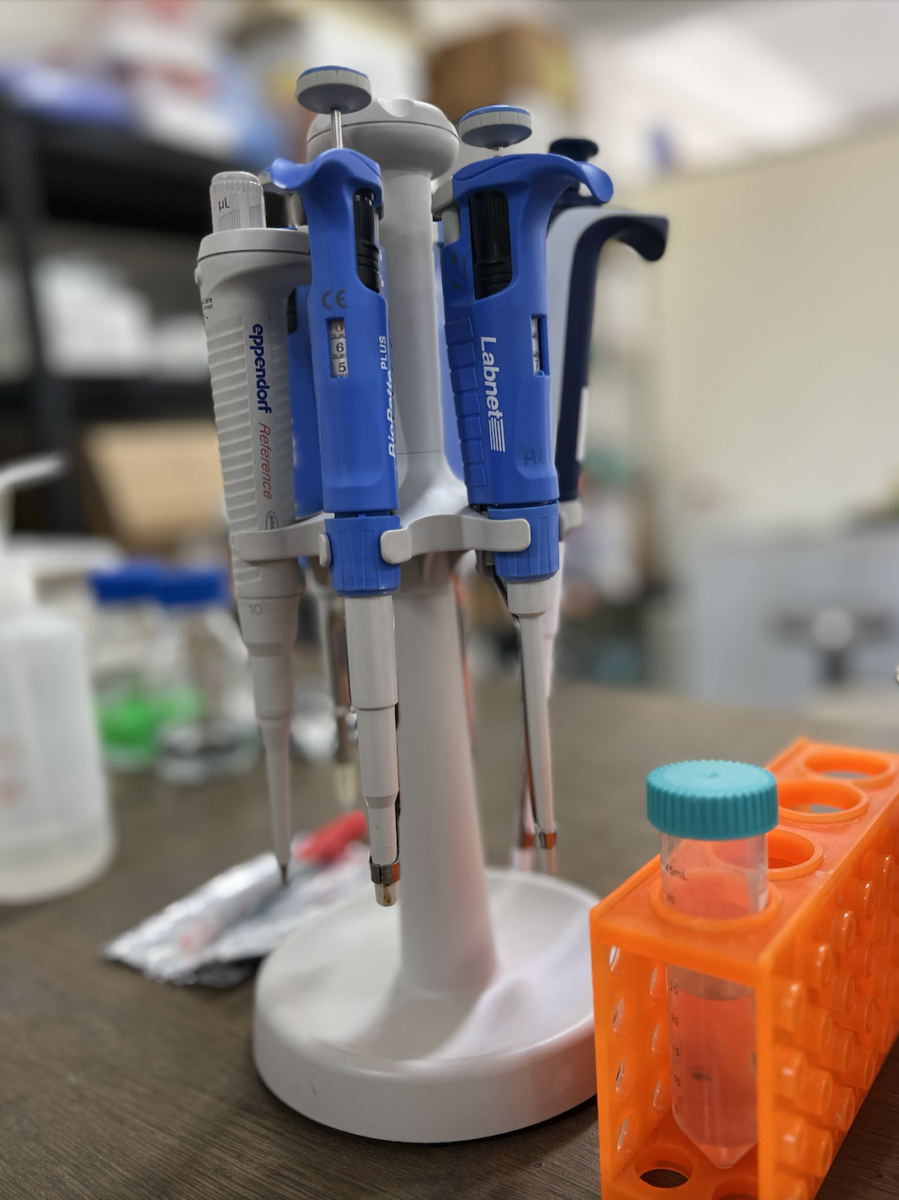

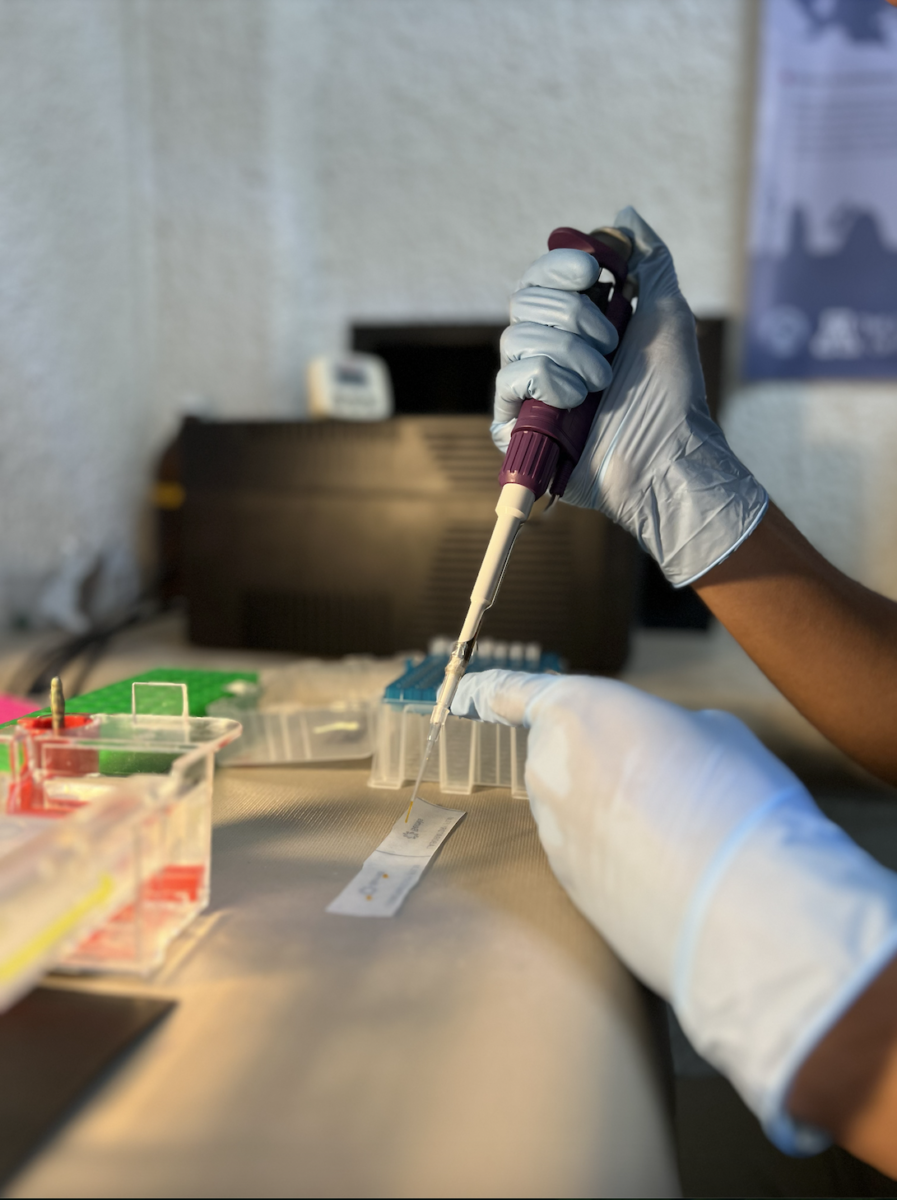
Throughout the next few weeks I continued to shadow the work of the lab team, learning about PCR samples, DNA amplifications, sample collection and more. Throughout the weeks I spent at the lab, the lab team was on rotation to do presentations about their individual work. It was super interesting to learn about the ways in which eDNA is changing the way data is collected and analyzed for ocean sciences. eDNA stands for Environmental DNA. eDNA allows us to extract a sample of seawater from a site and determine the species presence in that area through the DNA traces in the water. The eDNA, when analyzed, is isolated and amplified. From the amplified strands of DNA, different species can be identified, giving a fairly accurate snapshot of biodiversity in the area where the sample is collected. This method of surveying biodiversity is very effective because it means we don’t have to rely on visual observances and so it reduces visual bias in data collection. You can detect cryptic species as well as all phytoplankton and zooplankton as well as other creatures that are often overlooked.
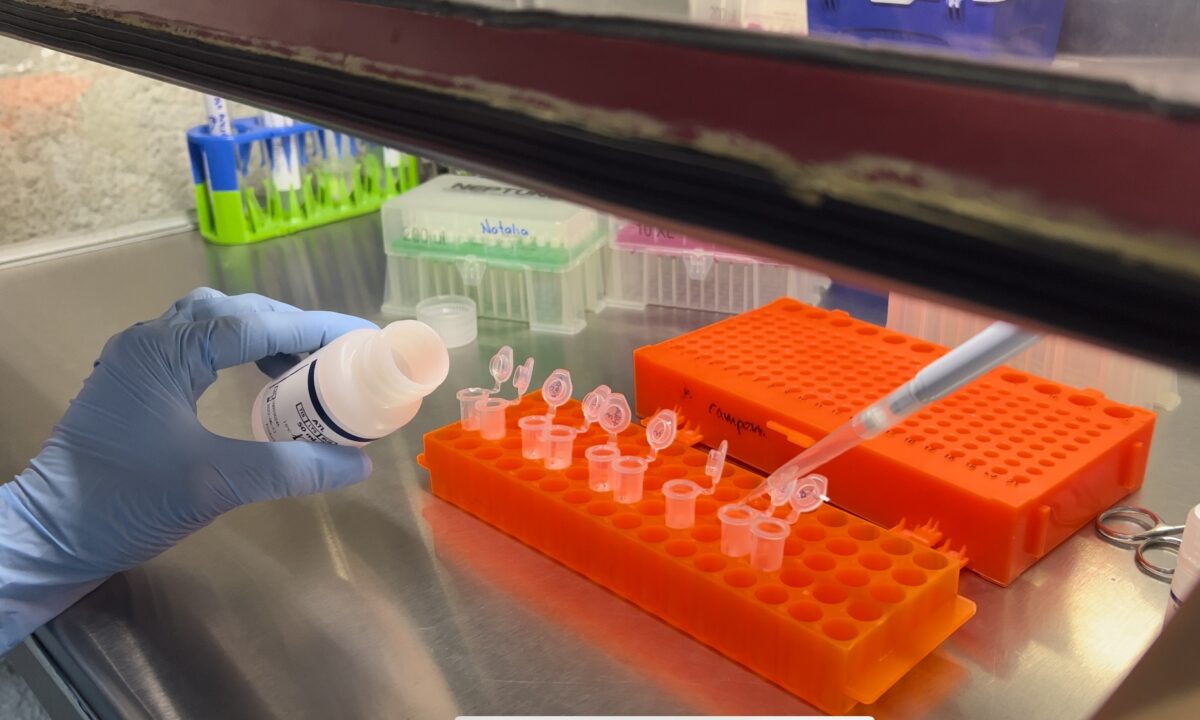
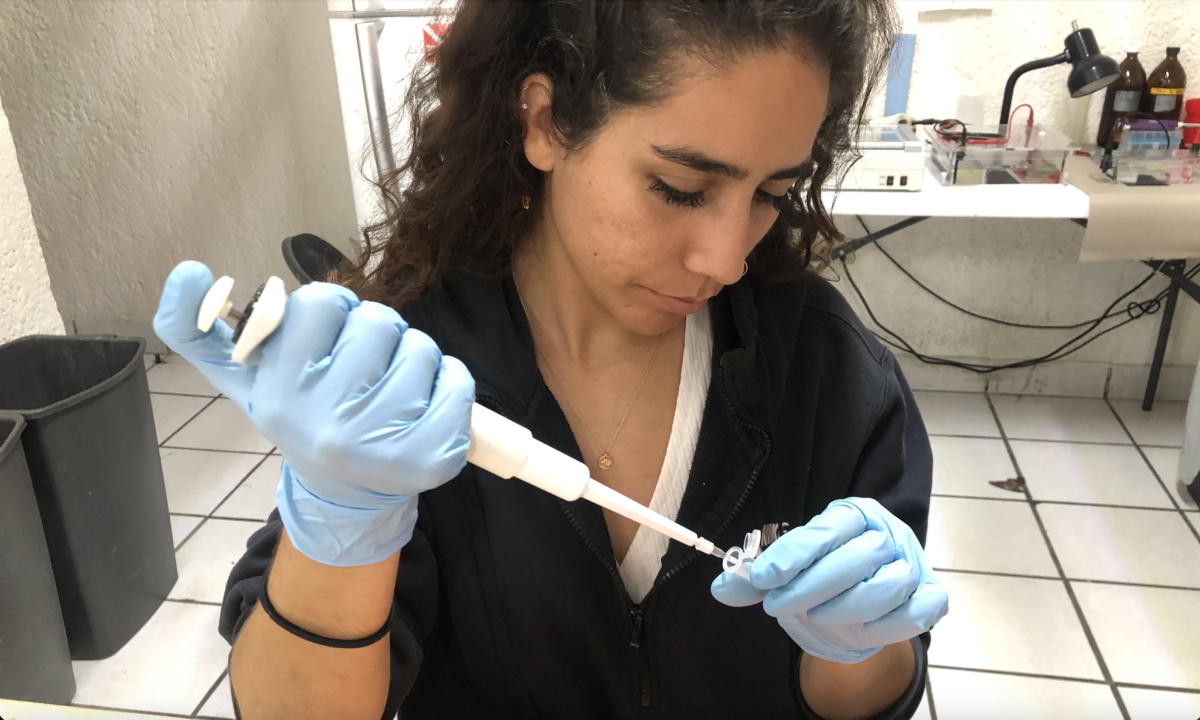
With eDNA, it is much easier to survey hard to reach ecosystems like the deep sea. This is especially useful for the Gulf of California, as the deep-sea region is very biodiverse and is being put in jeopardy by coastal development, overfishing, climate change and the impending threat of deep sea mining. It is important to understand these ecosystems so that they can be better protected. The Applied Genomics lab does exactly this, while working with local fishermen and organizations to create a community that champions effective management. What they are learning in this lab helps inform better policy for the future.
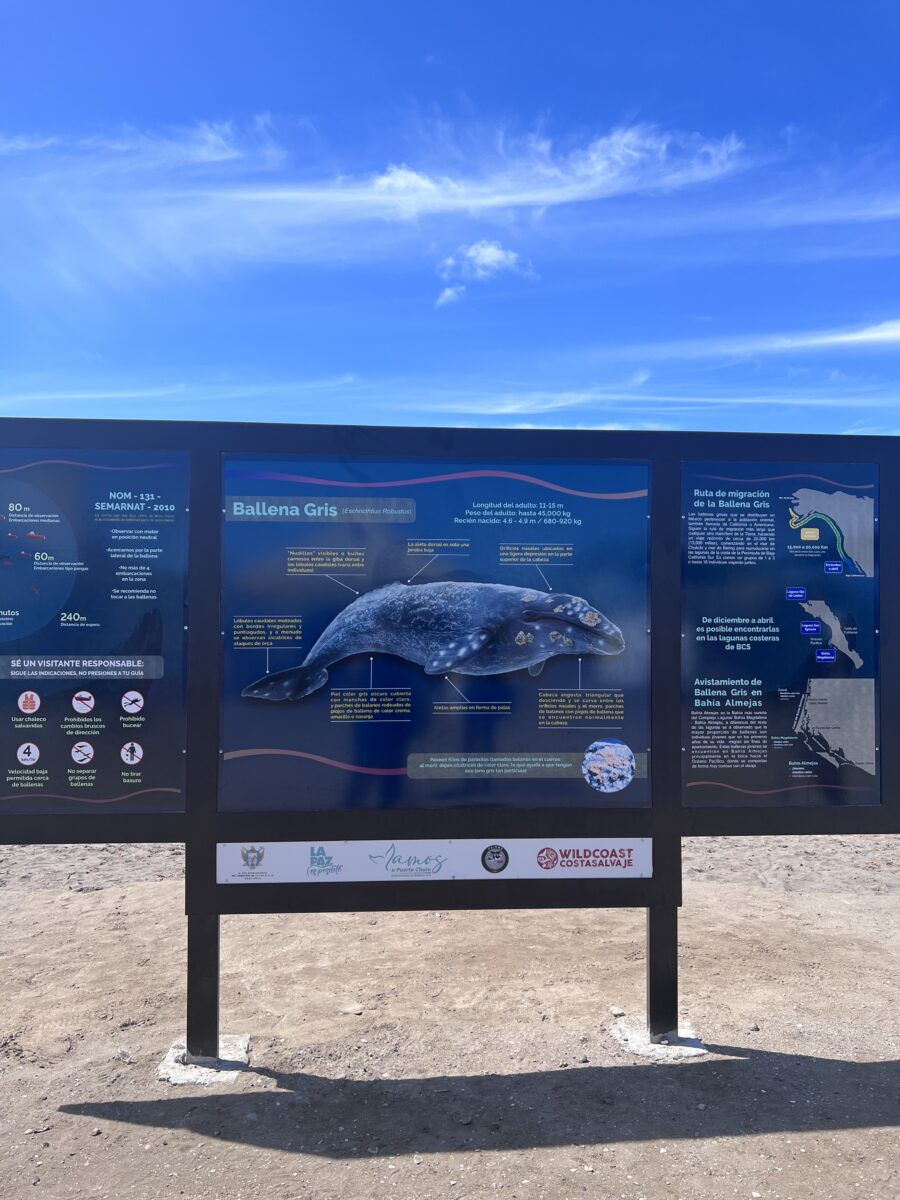
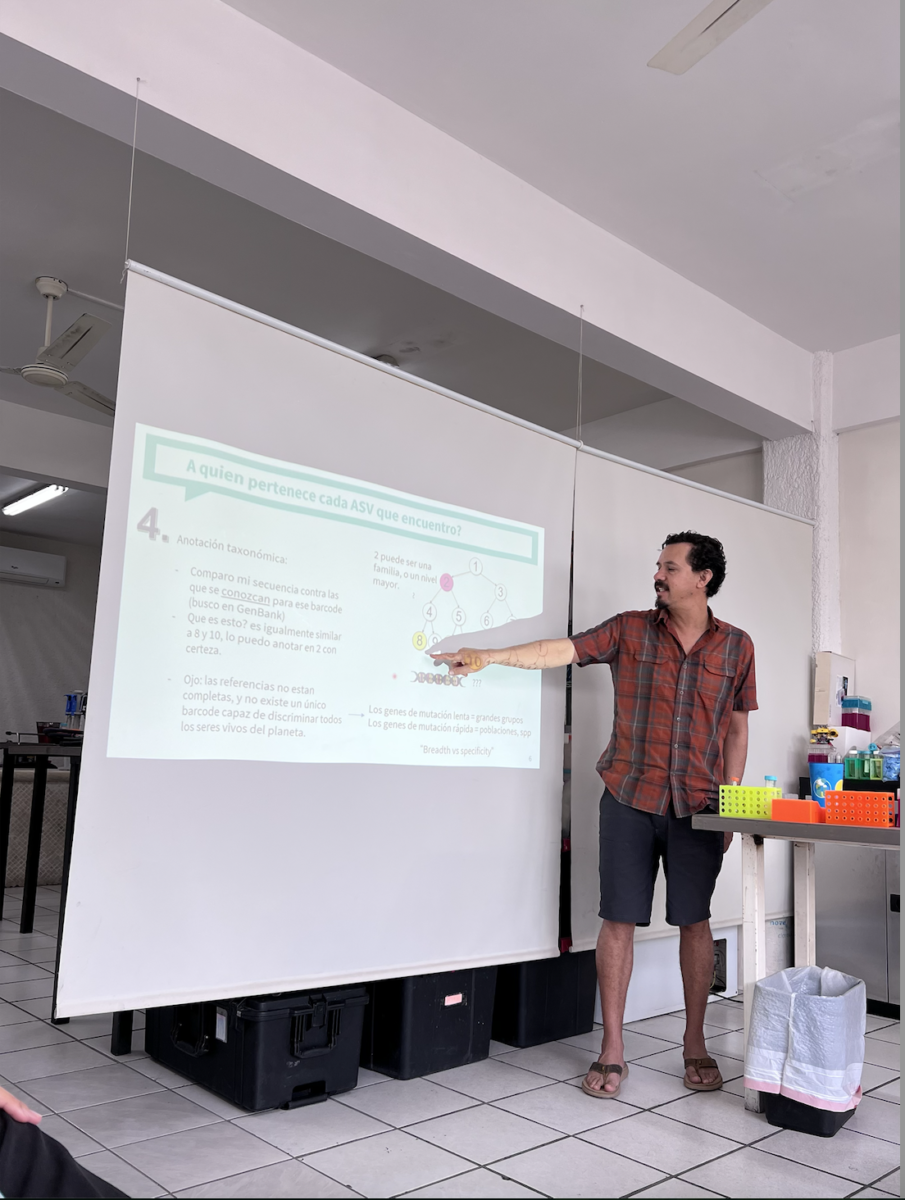
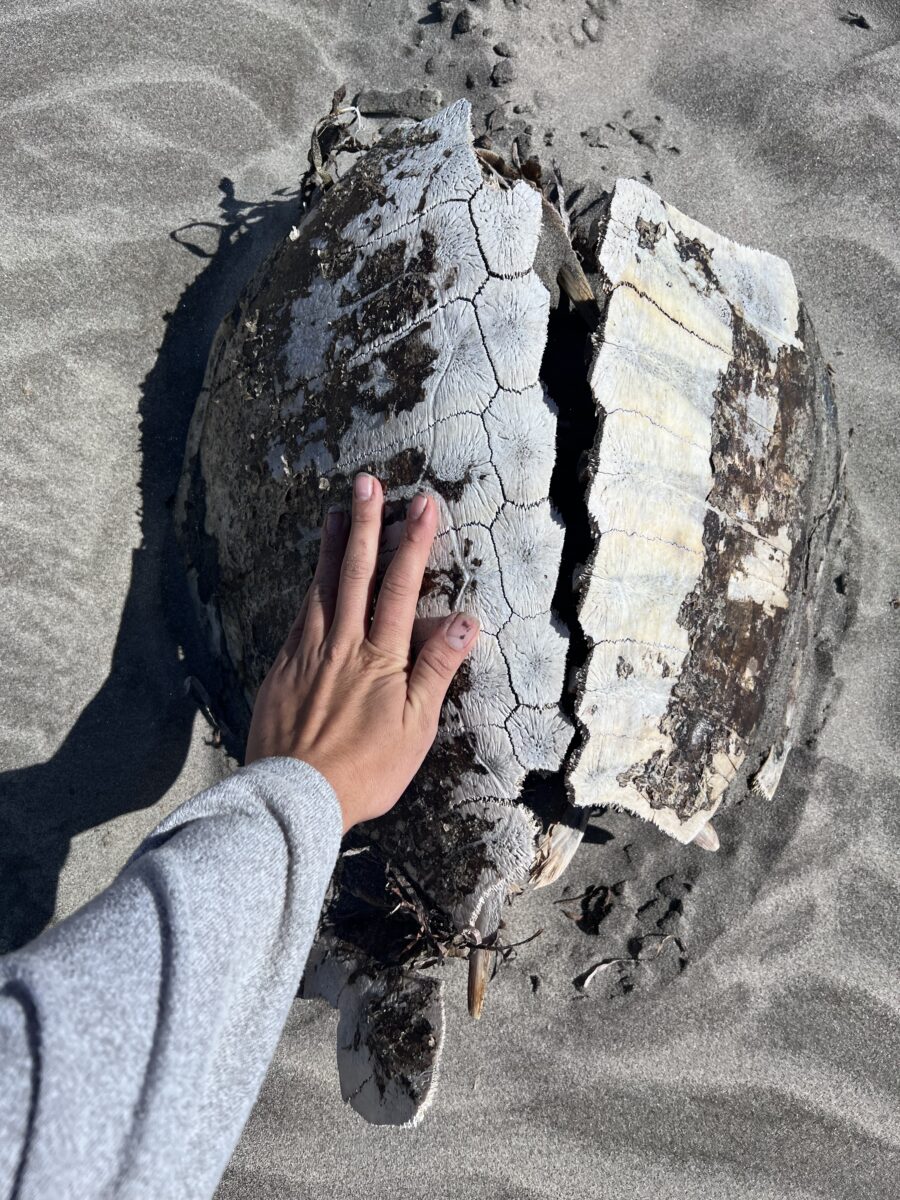
While with the lab, I had the opportunity to explore the beautiful outdoors of Baja California. During the weekend, we went to visit the grey whales north of La Paz in Magdalena Bay. Here, fishermen take people out on boats to the bay where grey whales exhibit an incredible behaviour. They come directly to the boats to interact with people. I spent many years doing whale research in Canada and never saw behaviour like this before. It’s especially fascinating, because it’s only been 100 years since people stopped hunting grey whales in the Gulf of California and since then human/whale interactions have changed so drastically to allow for this surprising interaction. The grey whales came so close, we could feel their breath and they came up right under the boats, seeking touch and interaction.

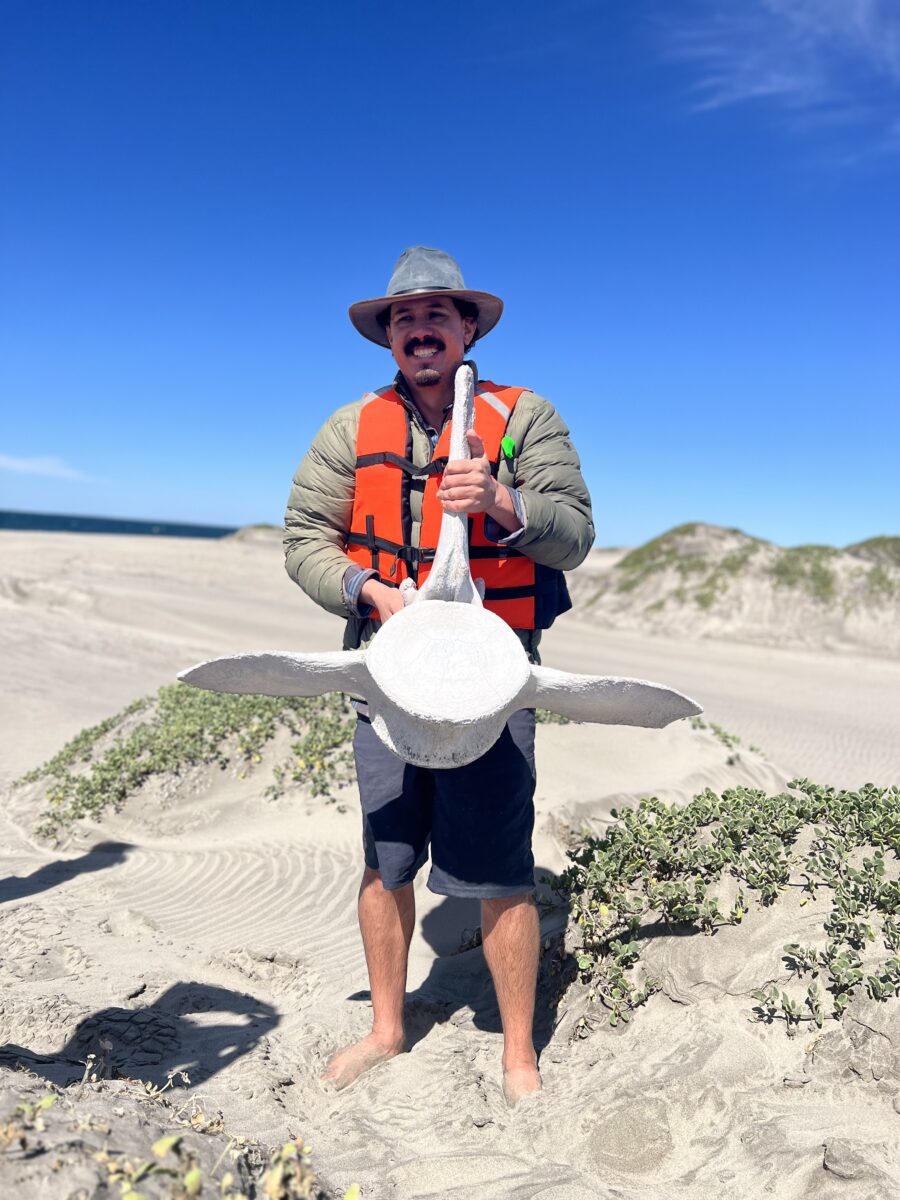



The following weekend, I had the chance to go out and dive with The Dive Gurus, experiencing the cold and beautiful waters of the gulf. We went to a marine reserve called Los Islotes, where sea lions frequent the rock formations. I hopped in the water with my 5mm wetsuit and shivered. My mind quickly forgot the cold as sea lions began to swim around us. They were playful and curious and loved the camera lens. Having the chance to dive in the marine environment I spent the past few weeks studying in the lab brought the importance of conservation all together.
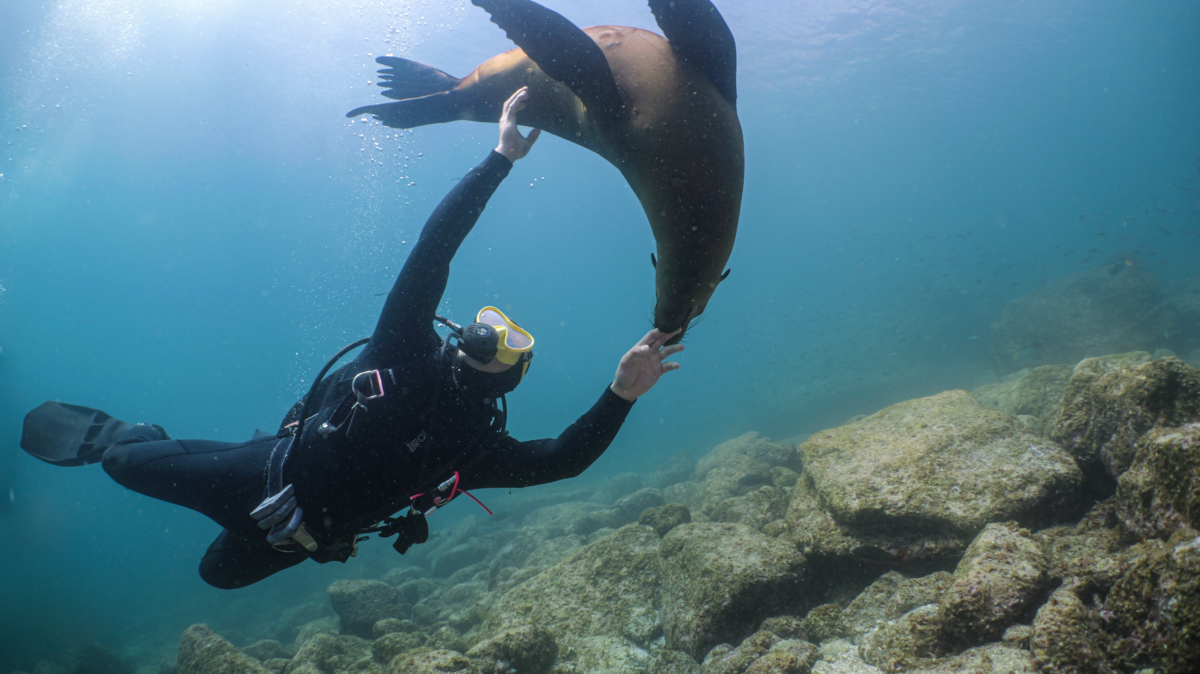
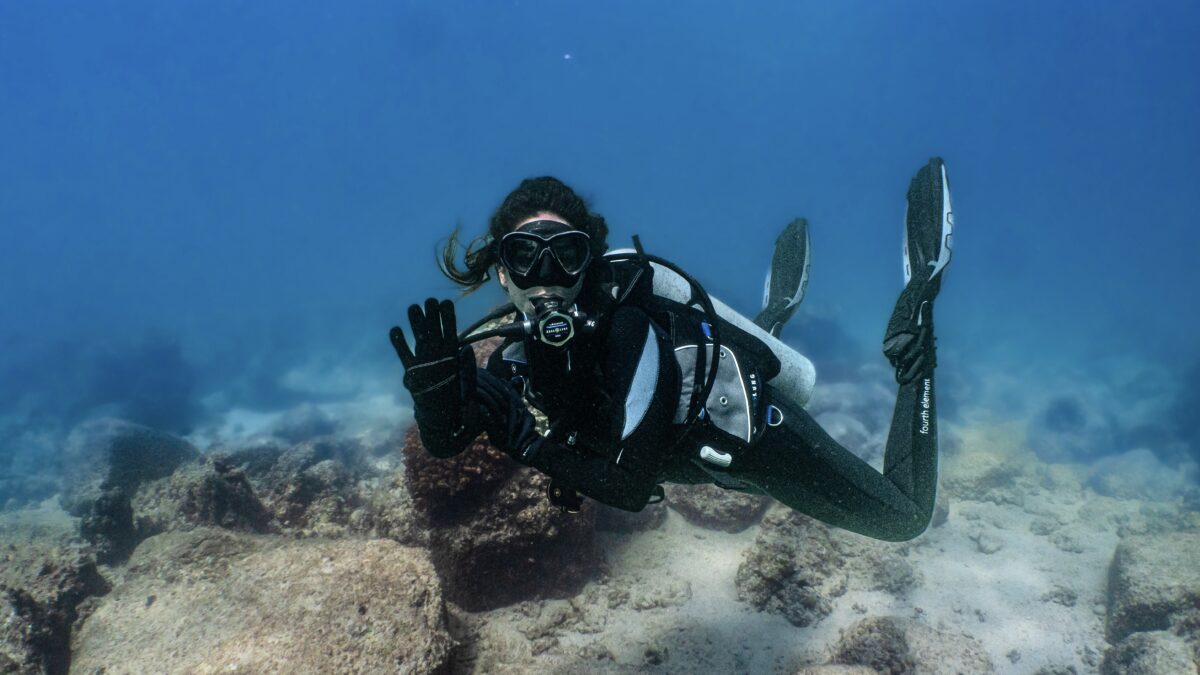

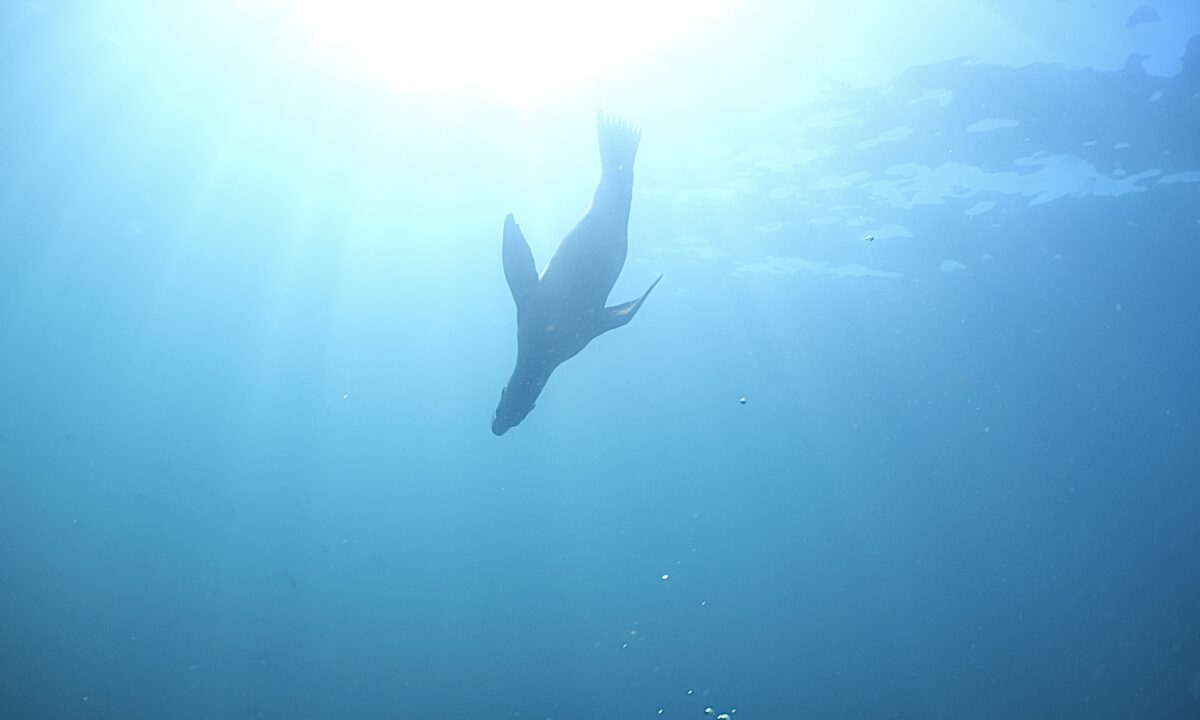
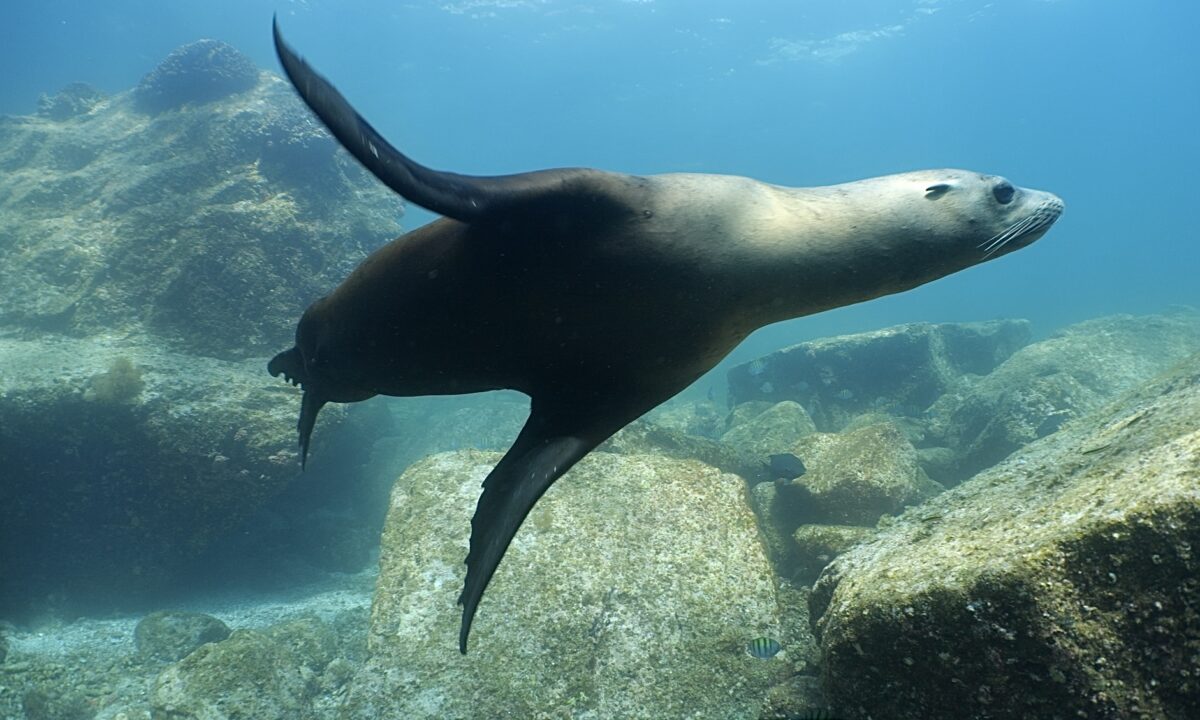
A huge thank you to the team at the Applied Genomics Lab and Adrian Munguia Vega for having me. A thank you to The Dive Gurus for have me out aboard their dive boats to experience the amazing underwater world of Baja California. Also a huge thank you to Rolex, Our World-Underwater Scholarship Society, Divers Alert Network, and my product sponsors Aqua Lung, Diving Unlimited International (DUI), Fourth Element, Halycon, Light and Motion, Nauticam, and Reef Photo and Video for making these opportunities possible.